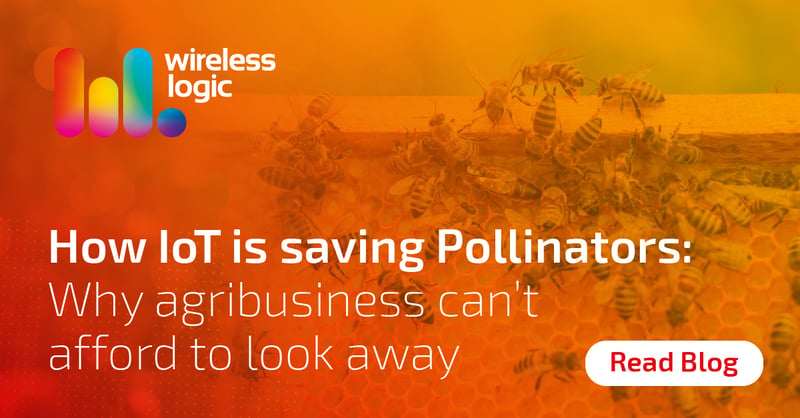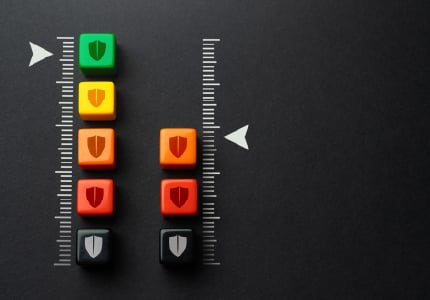Low power wide area (LPWA) technology offers the promise of a migration path for IoT installations currently reliant on 2G and 3G networks. However, IoT device manufacturers and organisations balancing long device lifecycles with the need for universal coverage, are increasingly turning to CAT-1 services that work in every national market today.
To make way for 5G, 3G networks are being phased out globally with 2G eventually to follow. There is no single end date because dates vary from country to country and across different operators. 2G is set to be switched off in many countries by 2025, while in many cases 3G is winding down even sooner. BT, for example, announced that customers across its brands will be phased off 3G services by 2023.
Large numbers of machine-to-machine (M2M) and IoT applications still rely on 2G and 3G. Owner organisations must therefore plan to transition services from one networking technology to another. That could involve decommissioning and swapping out SIMs, or upgrading (possibly even replacing) devices.
A successful migration needs careful planning. Many IoT devices require coverage across a wide area but only low processing power for the small packets of data they exchange. Fleet management, industrial metering and many building management systems, for example, require ubiquitous coverage but have low data throughput and use low power to keep devices in the field for many years.
NB-IoT and CAT-M: why coverage matters
The obvious contenders are Narrowband IoT (NB-IoT) and CAT-M (or LTE-M)), and it’s true that some national markets have great support for one or the other. However, only a few support both and there’s no single SIM for both technologies in multiple countries. What’s more, no one can predict what coverage (or roaming agreements) for either will look like in a few years. If NB-IoT or CAT-M has higher rates of adoption in a particular region, mobile network operators (MNOs) in that area may phase out support for the other.
It's a potential step into the unknown and that’s a problem for enterprises with fleets of internationally deployed IoT devices. Consistent operation across regional network areas is a fundamental requirement. So too is network availability throughout potentially long device lifecycles. Manufacturers need the reassurance that their products will work in all the markets they’re active in for the complete lifespan of the devices. Neither CAT-M nor NB-IoT can deliver on this today outside of China.
The case for CAT-1
As such, LTE CAT-1 (specifically the single antenna version, LTE CAT-1 BIS) is increasingly being adopted as an alternative, with its affordable (and relatively low power) embedded connectivity that works in every national market. As an established 4G service, CAT-1 is already present in every network’s technology stack, across the globe. In 2020, CAT-1 accounted for 23 per cent of SIMs sold outside China.
Everywhere MNOs support 4G networks, CAT-1 is ready to connect with no network shutdowns in sight. That’s ideal where a single SIM is required for every market, enabling manufacturers to manage a single product stock keeping unit (SKU) to contain costs and keep processes as simple as possible.
Weighing up the options
Having said that, there are trade-offs for any Long-Term Evolution (LTE) IoT standard. Depending on application, CAT-1 and CAT-1 BIS require more power meaning battery life might be shorter (NB-IoT and CAT-M can last up to ten years; CAT-1 might be around half that). Of course, if devices have rechargeable batteries, or are connected to a power source, this isn’t an issue.
CAT-1 modules currently cost a bit more upfront although the cost per megabyte is about the same. A complete view on cost should take into account the near-universal access and roaming which makes CAT-1 an attractive option.
Each enterprise and device manufacturer will need to carefully evaluate their markets, use cases and budgets in order to make the right choice. For devices that work well on 2G/3G in multiple geographies, CAT-1 can be a good match, but all considerations should be taken into account.
Wireless Logic can help by explaining in further detail the differences between the options so that an assessment can be made of the trade-offs in each case. Time to market may be the determining factor, or battery life, or simplification of the manufacturing process. These, and other, factors should all be considered when weighing up the options.
For more information browse our LPWAN and 2G/3G sunset resources, or to discuss IoT connectivity services in more detail speak to our IoT solution experts.



